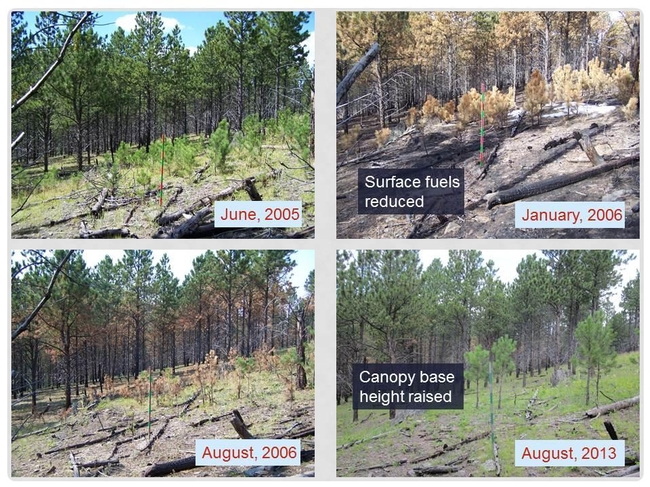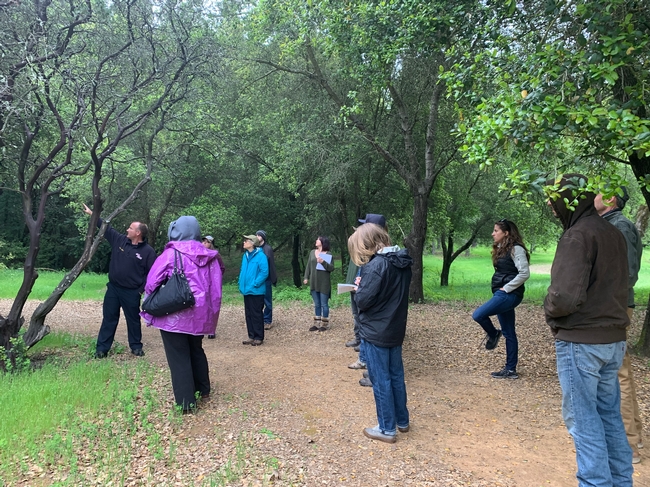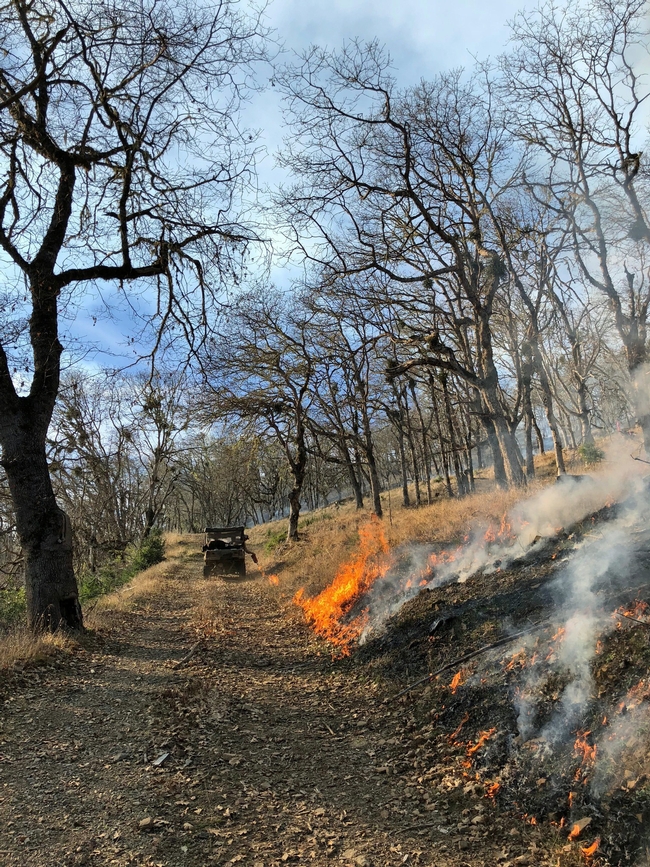This spring, I am teaching the Santa Rosa Junior College Rangeland Management class. This is my opportunity to educate aspiring students on the importance of rangelands and how to manage them. Their educational experiences include classroom lectures and field trips, learning about rangeland principles and then practice application.
Students are also required to give their impressions of what they are learning in the form of a blog. This blog was written by student Liane Ware. Stephanie Larson

On rangelands, common objectives and goals for the application of prescribed fires include removing invasive plant species (both native and exotics), controlling the amount and size of woody species to allow more open grasslands / savannas, making plants more palatable for livestock, increasing forage by removing lignified cover, and increasing crude protein in the vegetation. Burning can clear out unwanted vegetation including dense shrubs. It also removes overgrowth and layers of dead fuels. Plus, a forb flush typically follows fire depending on the season.
Rx Burns Benefit Ecosystem
Prescribed burning of rangelands can attain goals beyond cattle weight gain and improved forage quality and quantity. Fire can improve plant diversity and maintain native species. Perennials that were present historically but are now less abundant can start to regenerate with less pressure from competing annuals. Nutrients can be made more available to plants as well. With the improved rangeland vegetation and soil comes better wildlife habitat and nesting. The increase in crude protein for is a benefit for both livestock and wildlife grazers. Fire can also serve to manage heavy fuel loading on areas where grazing is not desired or feasible such as steep hillsides and/or locations where compaction should be avoided. Furthermore, prescribed burns on rangelands can help to mitigate uncontrolled wildfire by keeping woody plants in check (especially volatile fuels such as juniper).
Cool and Warm Season Burns
Prescribed fire planning must take into account the goals and the season.
- Cold season burns are intended to be cool on the surface to regenerate growth of herbaceous and grass species. These burns leave shrubs on the landscape.
- Warm season burns are better for the control of woody plants and generally do not have a different effect of the other species as that of cold season burning. It is important to plan the burn for the objective and to time conditions appropriately.
Matching the frequency, intensity, and duration of the prescribed burning as closely as possible to the historical fire regime of rangelands is critical for the goals of restoration, grazing, regeneration, and resiliency. Low-severity fires can restore the ecological characteristics of the rangeland. Roots stay intact, some vegetative cover remains, and the organic matter is not lost. The soil benefits from the short-term boost in nutrients. New growth is invigorated. Also, serotinous species can germinate, which provides additional beneficial plant-soil interactions such as stability, aeration, filtration, infiltration, bulk soil density improvements, and increases in soil organic matter.
Alternatively
However, if the fire intensity and duration on the rangelands are excessive, the severity increases. Too severe of fire can penetrate through organic matter layers of litter and humus and cause damage to the soil below because of higher temperatures reaching deeper below the surface for longer periods of time. When that happens, the soil is degraded, thereby impeding its necessary properties, functions, and relationships to varying extents. Additionally, soil may be exposed and eroded, nutrients can be volatized, water repellency can increase, and soil biota may be destroyed. Effects such as these are more common with wildfires in areas where fire has been stifled.
Therefore
That is why maintaining regime frequency is so important, and why prescribed burning should be used more. Improving the soil and vegetation of rangelands keeps them healthy. In fire-evolved landscapes, rangeland management should include prescribed burning to enhance and maintain biodiversity and ecosystem functions.
Careful planning with prescribed fire can benefit the land and those who use it.
Works Cited (Informal)
“Assessment of Prescribed Fire as a Conservation Practice,” Samuel D. Fuhlendorf et al.
“Fire as a Tool in Land Management,” Global Rangelands
“Planned Burns in the Great Plains,” Cindy Salo, Great Plains Fire Science Exchange
“Texas Rangelands,” North Carolina State University
“Using Prescribed Fire for Range Management,” Forest Encyclopedia Network
Livestock & Range Management Advisor and SRJC Adjunct Faculty - County Director and Livestock Range Management Advisor
Attached Images:

